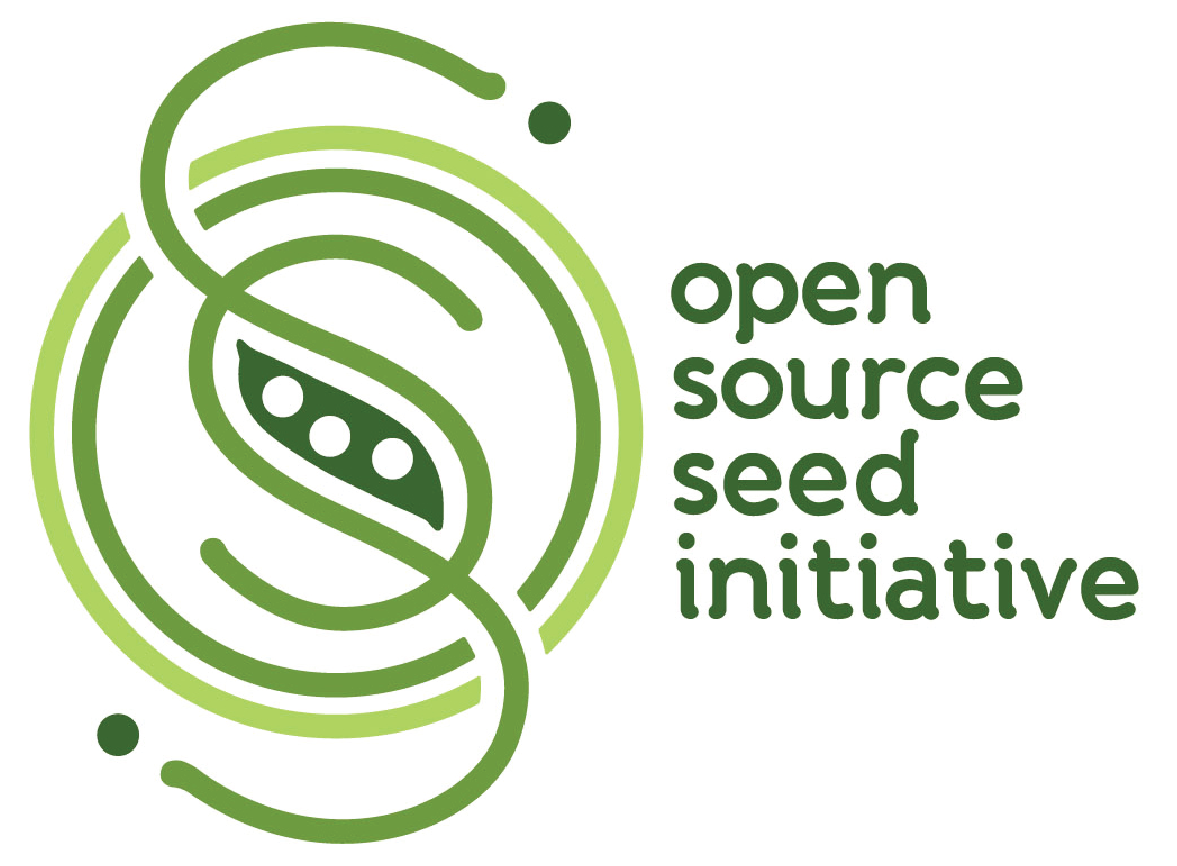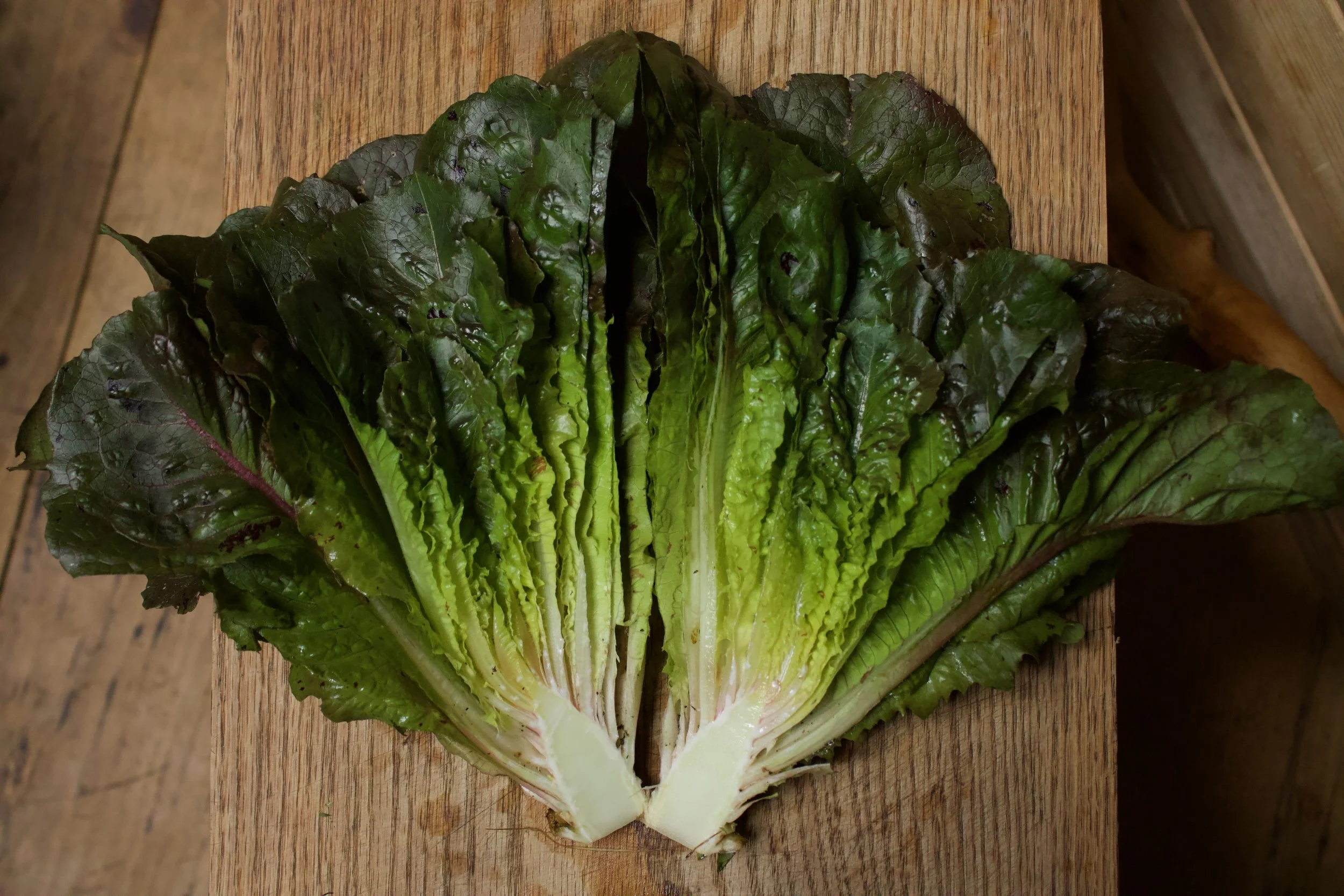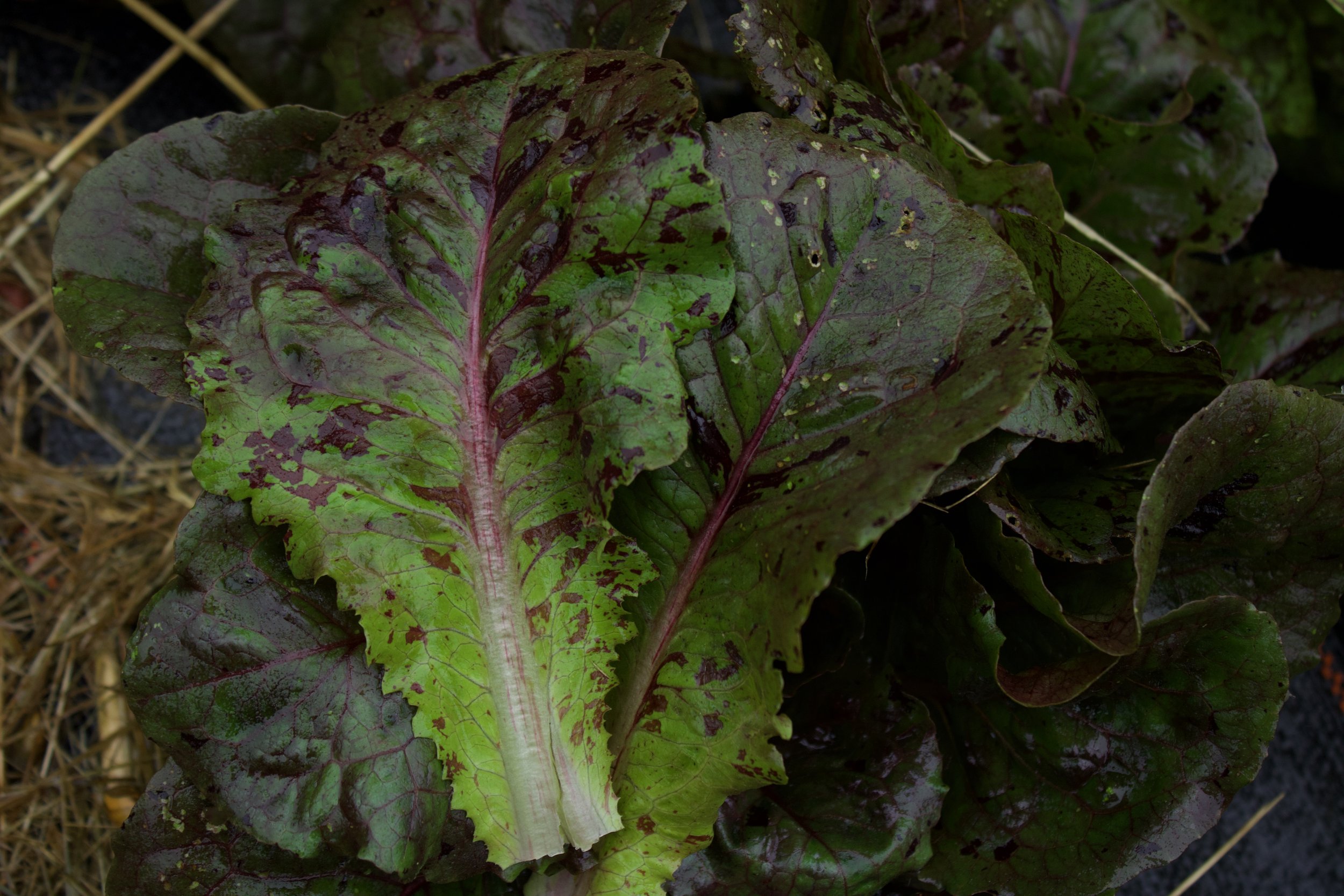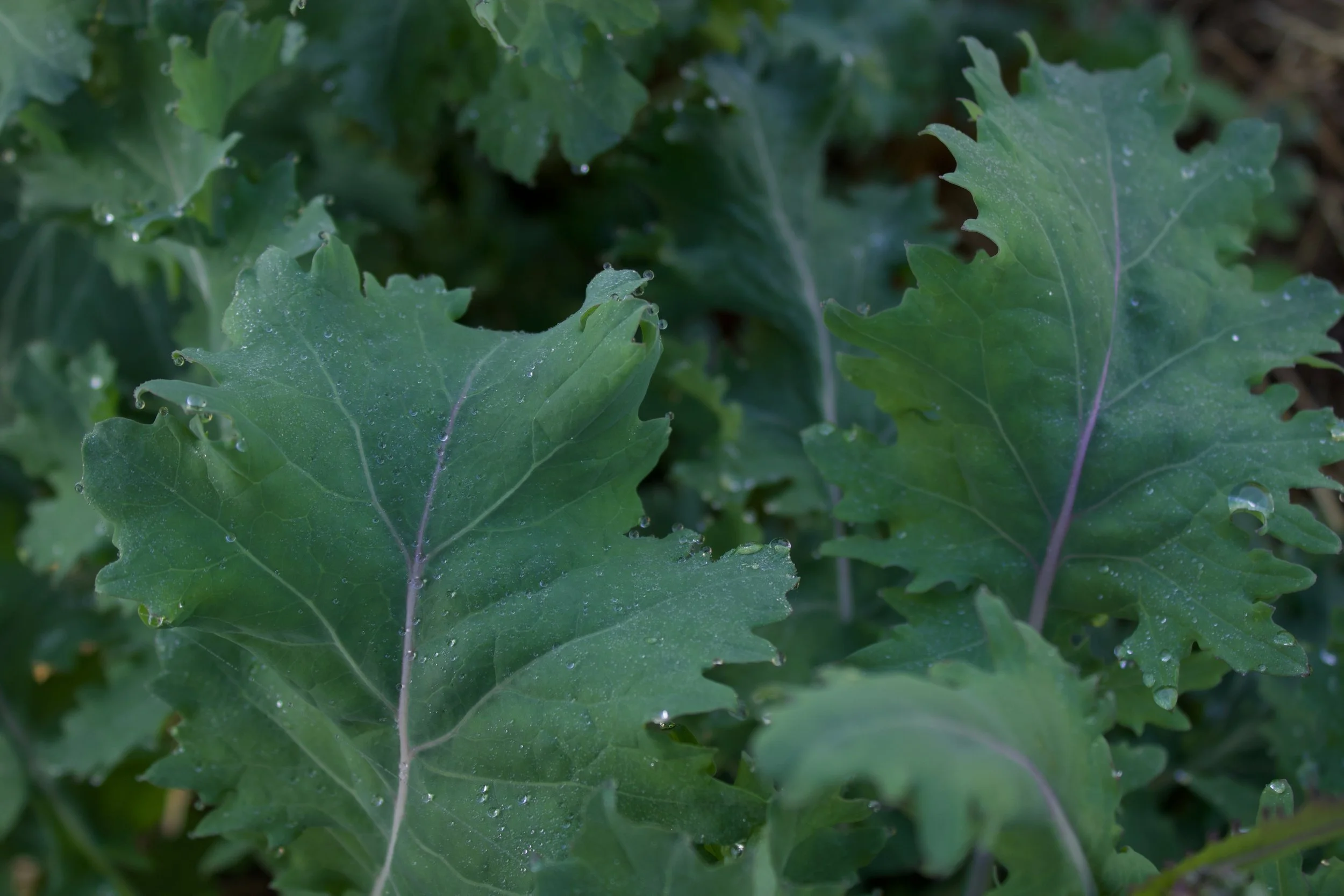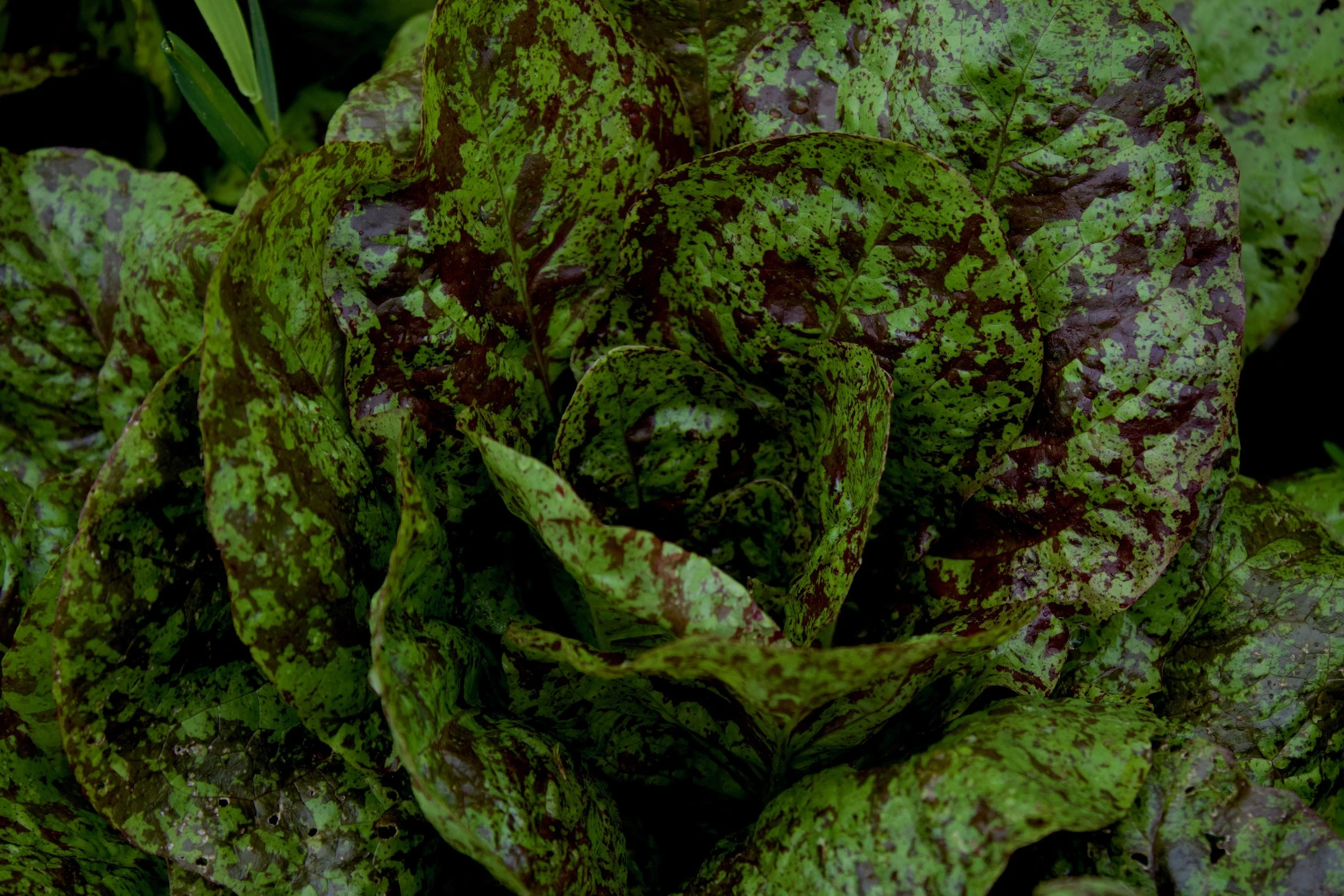Brassica rapa
Deitrich’s Wild Raab is a biennial hardy to at least zone 4. This feral Raab was discovered on Deitrich’s Farm in Salem County, New Jersey. Presumed to have been a garden escapee from early generations of Italian farmers, this landrace emerged after many subsequent life-cycles of self seeding in a wild setting. It was discovered by the more recent farm owners who delighted in this early spring green and nurtured a hearty patch of these greens, locally known as “Wild Broccoli Raab”. Experimental Farm Network co-founders, Nate Kleinman and Dusty Hinz, were introduced to this landrace and have further selected the earliest and most productive plants while maintaining its wild vigor, unmatched hardiness and superb flavor. An OSSI-Pledged variety!
Over wintering: One of the most beneficial attributes of this overwintered Raab is that it is sown after many crops are finished bearing in summer and bears it's own crop before most others are ready to be planted in spring. It occupies space that would otherwise be empty, ideal for market farms and homesteaders trying to maximize their growing space. Deitrich’s Raab acts as a cover crop as well. It has a deep taproot (it is actually a turnip selected for its abundant florets) which recycles nutrients from lower soil strata. The final stellar credential is that it can, and should, be companion planted with an annual winter-kill legume cover crop such as peas between the rows of Raab. In our experience Deitrich’s Raab is such a resourceful nutrient scavenger that unless soil fertility is extremely low, it does not need any additional fertilizer.
Dietrich’s Raab starts bearing 4 to 5 weeks before asparagus, usually around May 1st for us here in zone 5. If grown in heated or unheated greenhouses, crops bear much earlier, depending on the structure and the weather. Keep shoots very well harvested right back to just above the crown of the plant. The nicest, most marketable shoots develop off the crown. Check and harvest plants often, every 2 days at least. The plants bear over a period of 4 weeks.
The OSSI Pledge – You have the freedom to use these OSSI seeds in any way you choose. In return, you pledge not to restrict others' use of these seeds or their derivatives by patents or other means, and to include this pledge with any transfer of these seeds or their derivatives.
Growing Instructions:
If planting in the field: direct sow by early July or set out starts by late July/early August. If in warmer climates, direct sow approximately 75 days before the first frost in fall.
If growing in a greenhouse (heated or unheated): direct sow by mid August or set out starts by early September. If in warmer areas, four week before first frost.
Plant spacing: 4 - 6'“ apart
Row spacing: 12" apart
Amend with compost. We also recommend cover cropping with peas just after planting. Mulch with leaves, or whatever you have available, to hold moisture and suppress weeds. Make sure soil pH is between 5.8 and 7.0. If plants needs a growing boost, water with nitrogen tea or compost tea a few times. If trace minerals are inadequate, sprinkle a small amount of woodash in each planting hole.
Harvest Instructions:
Harvest the same way you do with broccolini. Harvest 6 - 8” of the flowering stalks before the buds open (when they look like little broccolis) You can also harvest the leaves, but do not over-harvest so that the plant can continue to photosynthesize and produce more shoots.



